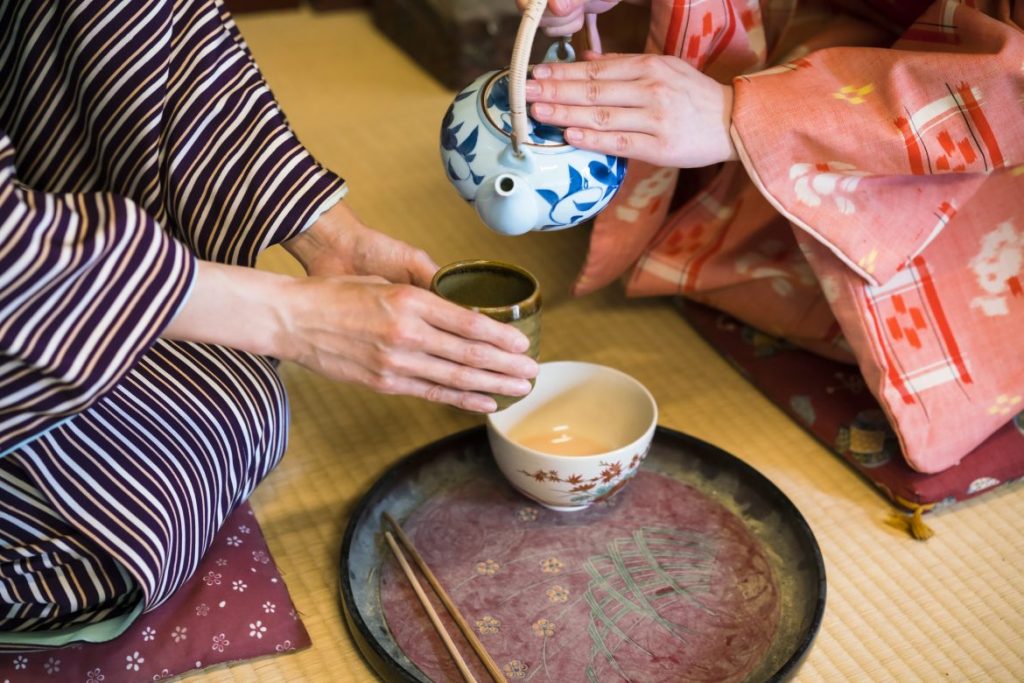Did you know that traditionally in Japan, enjoying a simple cup of tea can be a profound, coveted experience?
Dating back hundreds of years ago, Japanese tea ceremonies, known as ‘chanoyu‘ or ‘sado‘ emerged during the 9th century as a way to honour and appreciate the essence of tea. It wasn’t just any tea that took center stage – it was matcha, a vibrant powdered green tea with a unique, earthy flavour known today for possessing a range of health benefits.
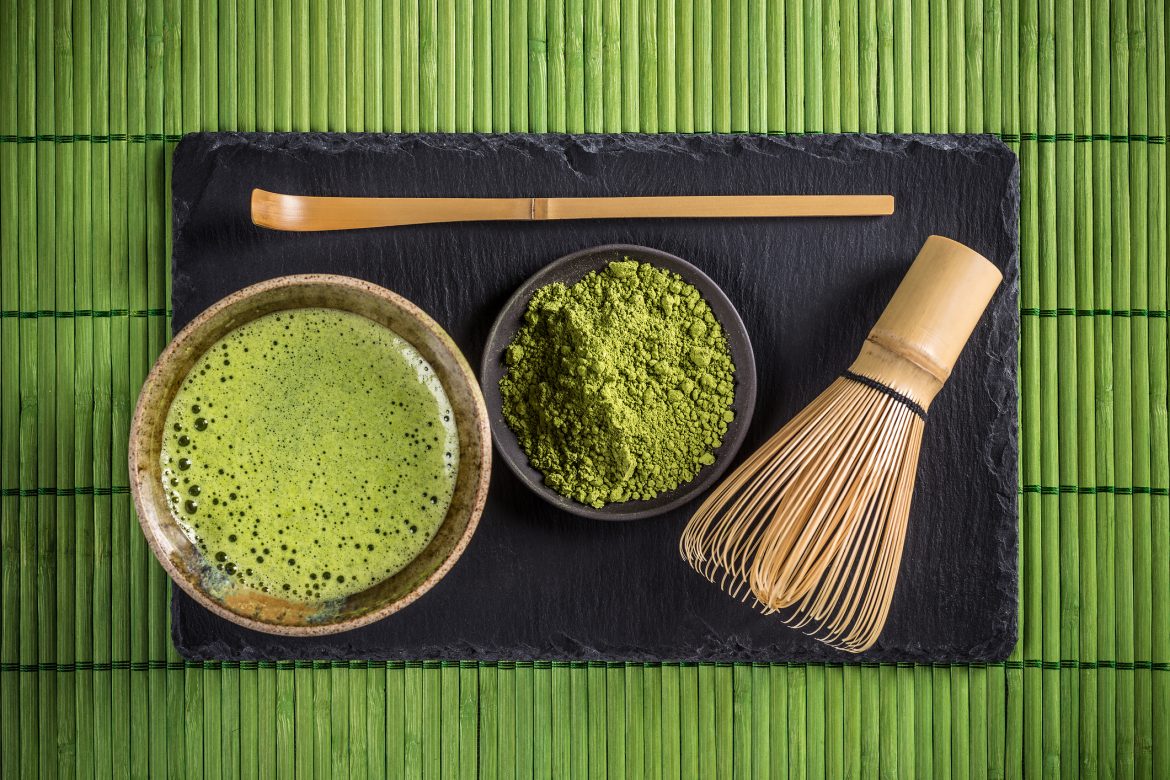
Photo: Getty Images
At the heart of these ceremonies lies a deep reverence for nature, simplicity, and mindfulness.
The Japanese tea masters believed that each cup of tea was an opportunity to connect with oneself, others, and the natural world. Through carefully orchestrated rituals, they sought to create an atmosphere of harmony and tranquility.
READ MORE: Make matcha the traditional way
Picture this: a serene tearoom, adorned with delicate scrolls and seasonal flowers, where time seems to stand still. The host, meticulously attired in a kimono, guides guests through a series of deliberate movements and gestures, each serving a purpose far beyond the act of making tea…
Let’s unravel the mysteries of ancient Japanese tea ceremonies, looking at 5 precious lessons to draw from:
1. Embrace simplicity
In our fast-paced world, simplicity often takes a backseat to complexity. But in a Japanese tea ceremony, it’s all about the little things. From the minimalist aesthetics of the tearoom to the simplicity of the tea bowls, there is an elegance in stripping away the unnecessary.
READ MORE: Japandi merges the comfort of hygge with zen minimalism
Doing so allows you to live in the moment and appreciate life in its simplest moments.
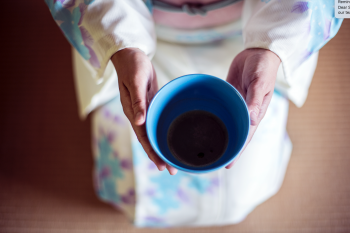
Photo: Getty Images
2. Cultivate mindfulness
As the tea is prepared, every movement is deliberate, intentional, and unhurried. The act of whisking the matcha becomes a meditation in motion, a moment to be fully present.
If we imbibe this lesson into our lives and cultivate a sense of mindfulness, savouring each moment and being aware of our surroundings and our actions, we’re in harmony and flowing with life.
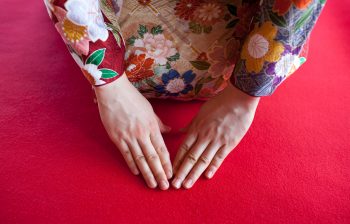
Photo: Getty Images
3. Honour ritual and tradition
Japanese tea ceremonies are steeped in ritual and tradition, passed down from generation to generation.
READ MORE: How to wrap a gift using Japanese pleating
These rituals remind us of the importance of preserving our customs and paying homage to our roots. By honouring the rituals that shape our lives, we can connect with our past and create a sense of continuity and belonging.
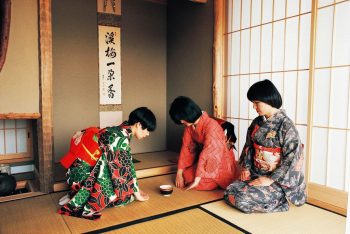
Photo: Getty Images
4. Practice grace and gratitude
In a tea ceremony, every gesture is imbued with grace and gratitude. From receiving a bowl of tea with both hands to thanking the host, gratitude permeates the experience. By practicing gratitude in our lives, we elevate our interactions with others (we all appreciate being seen & heard) and open ourselves up to fully appreciating the beauty around us, fostering a culture of appreciation.
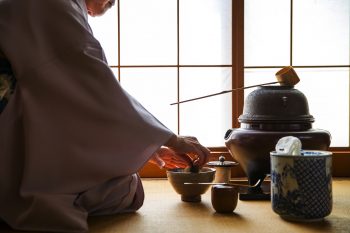
Photo: Getty Images
5. Nurture connection
At its core, the Japanese tea ceremony is a communal experience, a special connection between the host and guests.
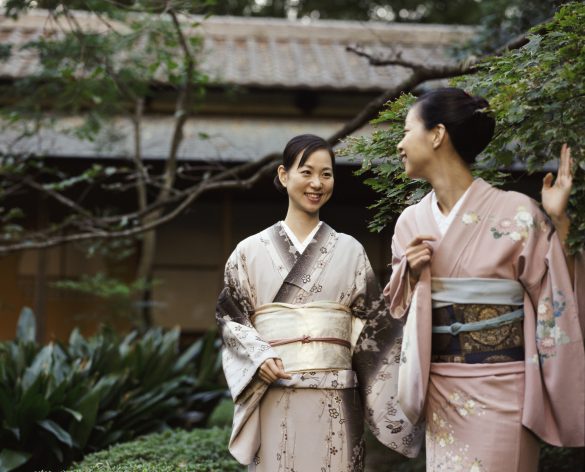
By sharing tea, conversation, and a moment of respite, bonds are strengthened and you deepen your connection with others. In our hyperconnected world, we need to remember to find the value of genuine human connection. Whether through a cup of tea or a heartfelt conversation, nurturing connections gives life a spark that without others, would never be!
So, the next time you take a sip of tea, pause for a moment and reflect on the wisdom of the Japanese tea ceremonies.
ALSO SEE: The art of packing a bento box, the Japanese lunchbox
Written by Savanna Douglas for Woman & Home
Feature Image: Getty Images

